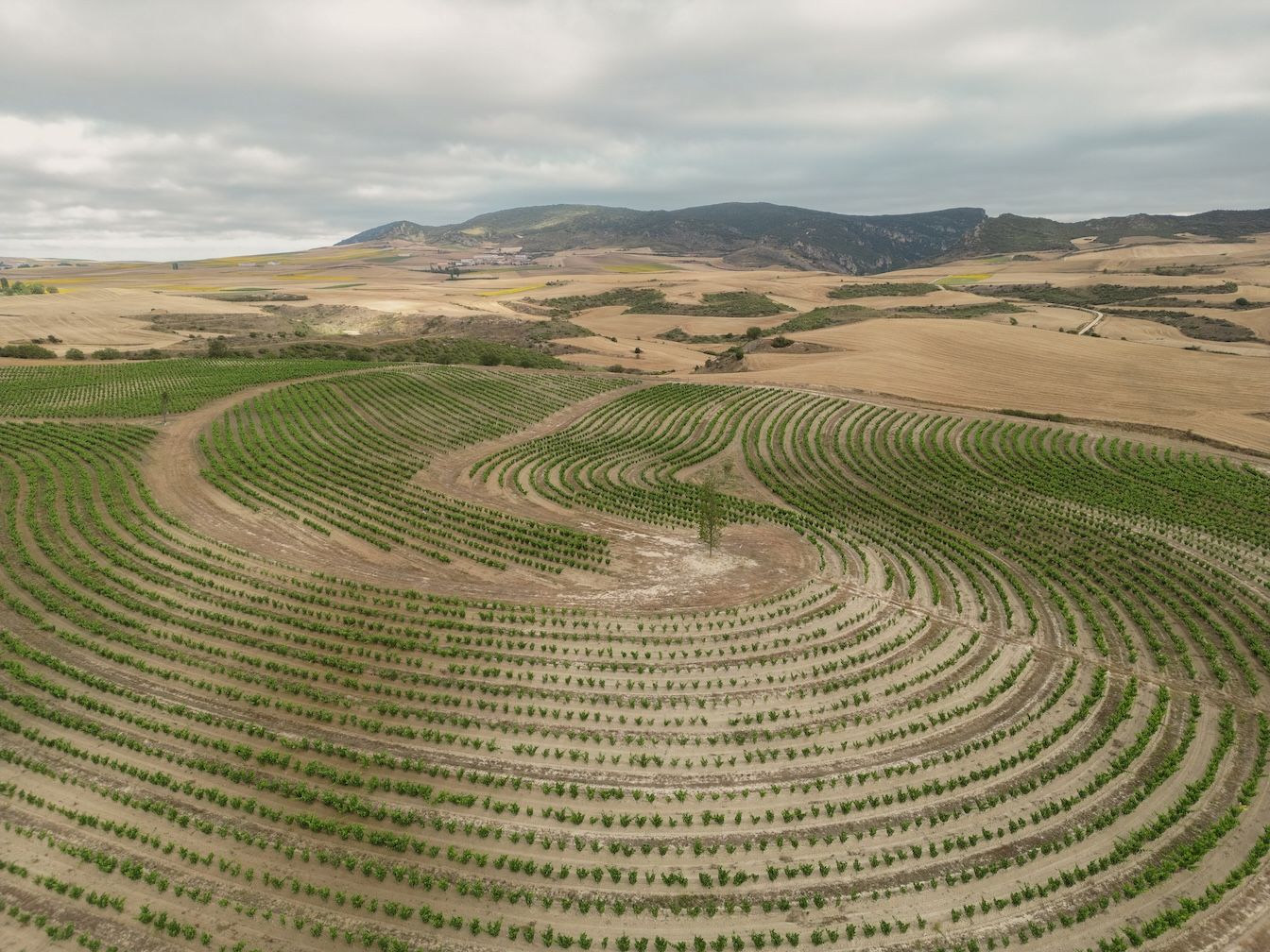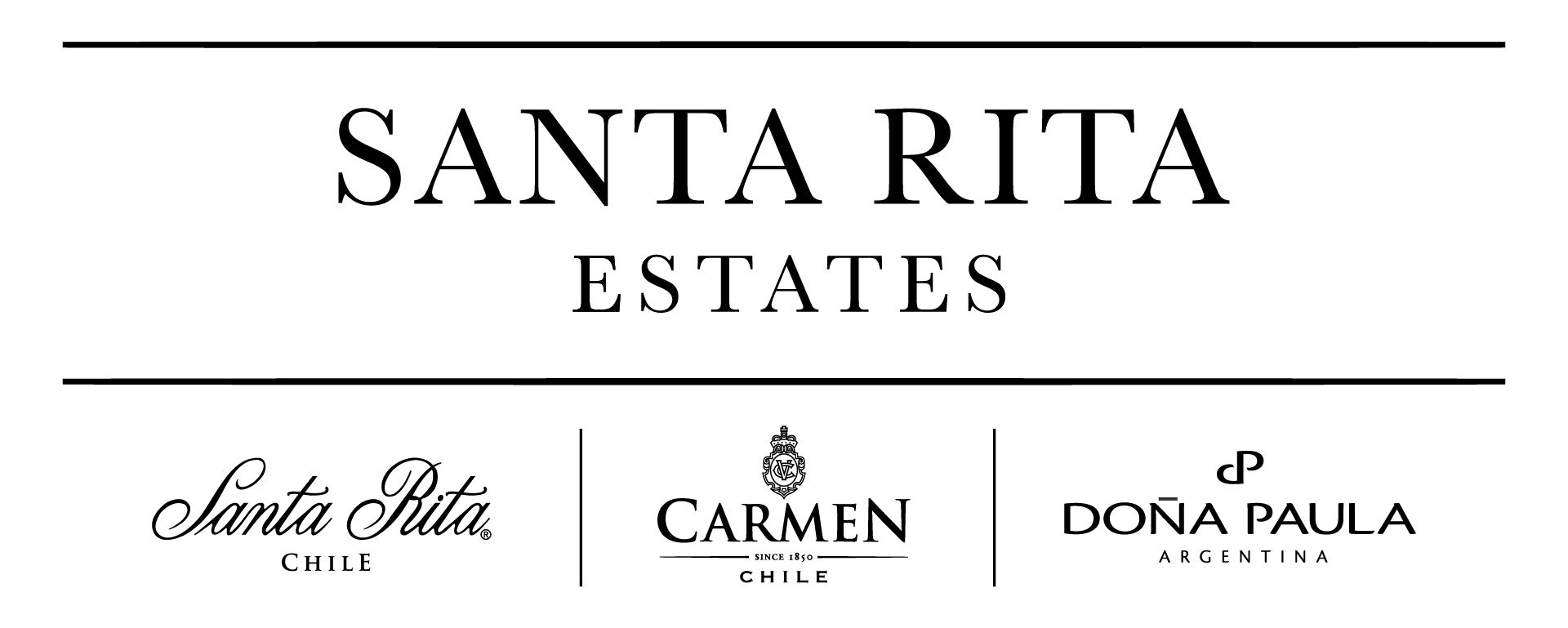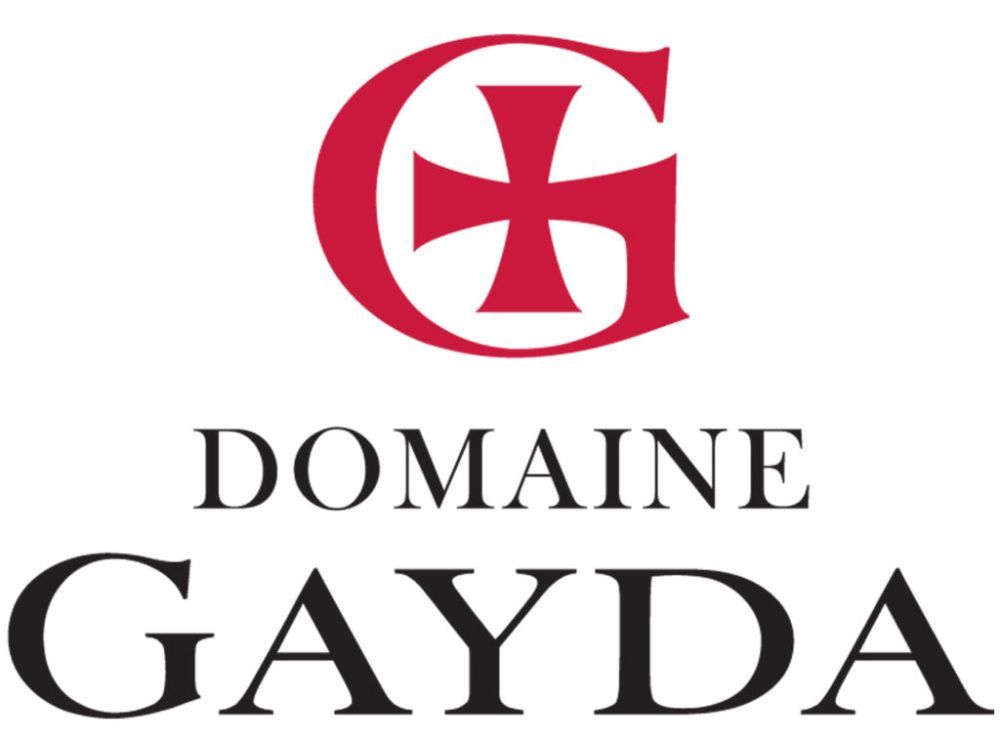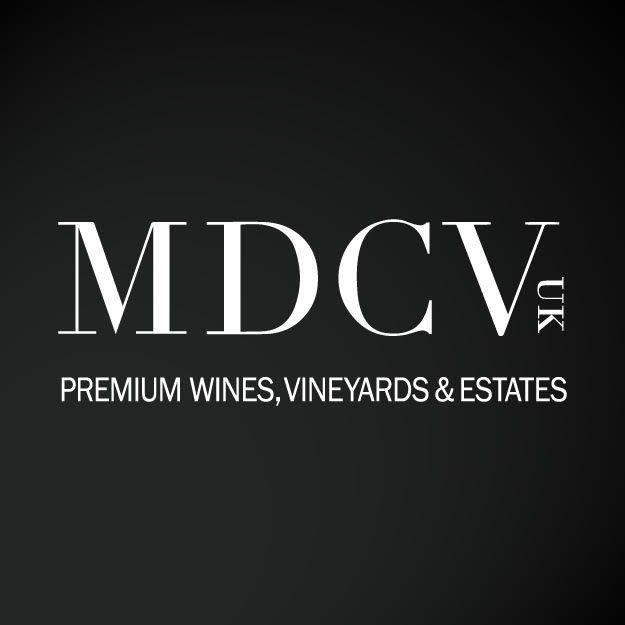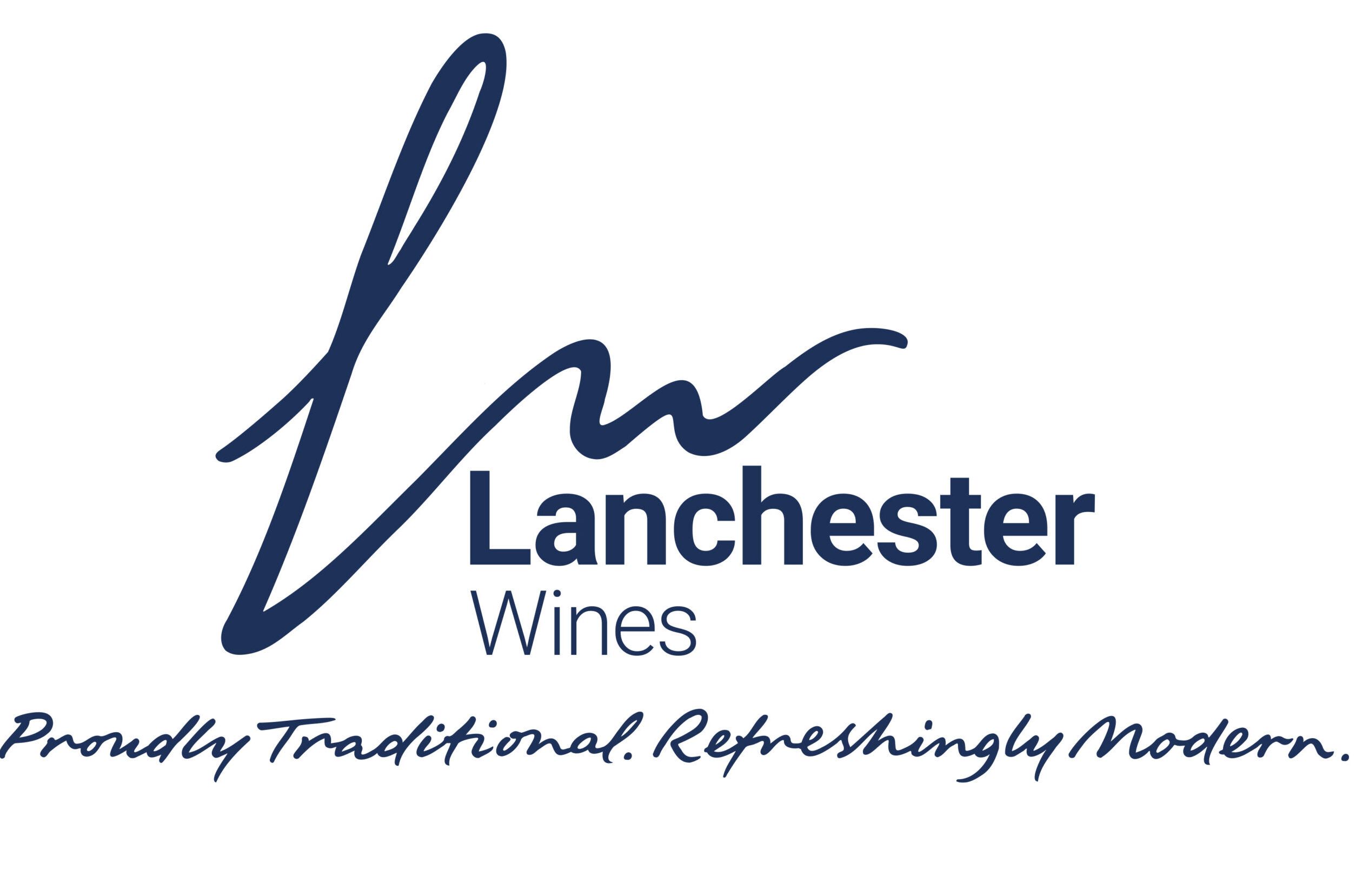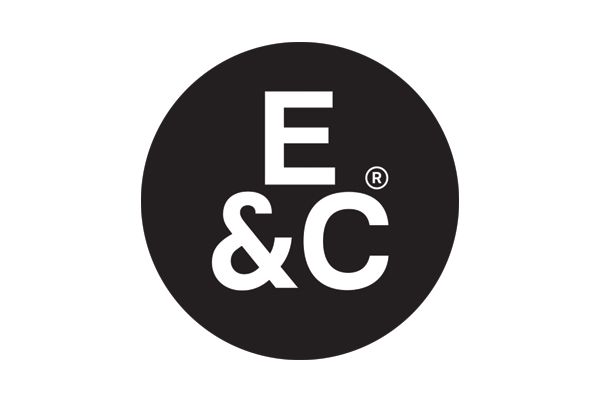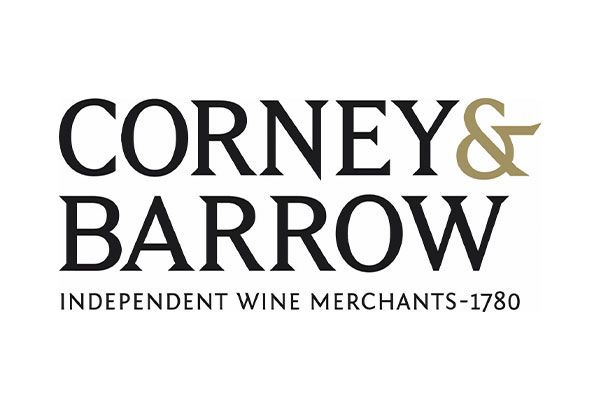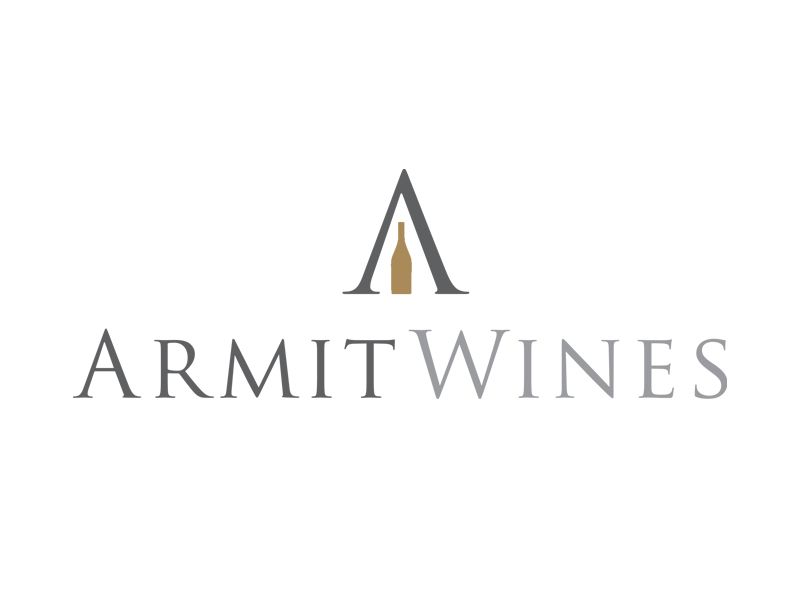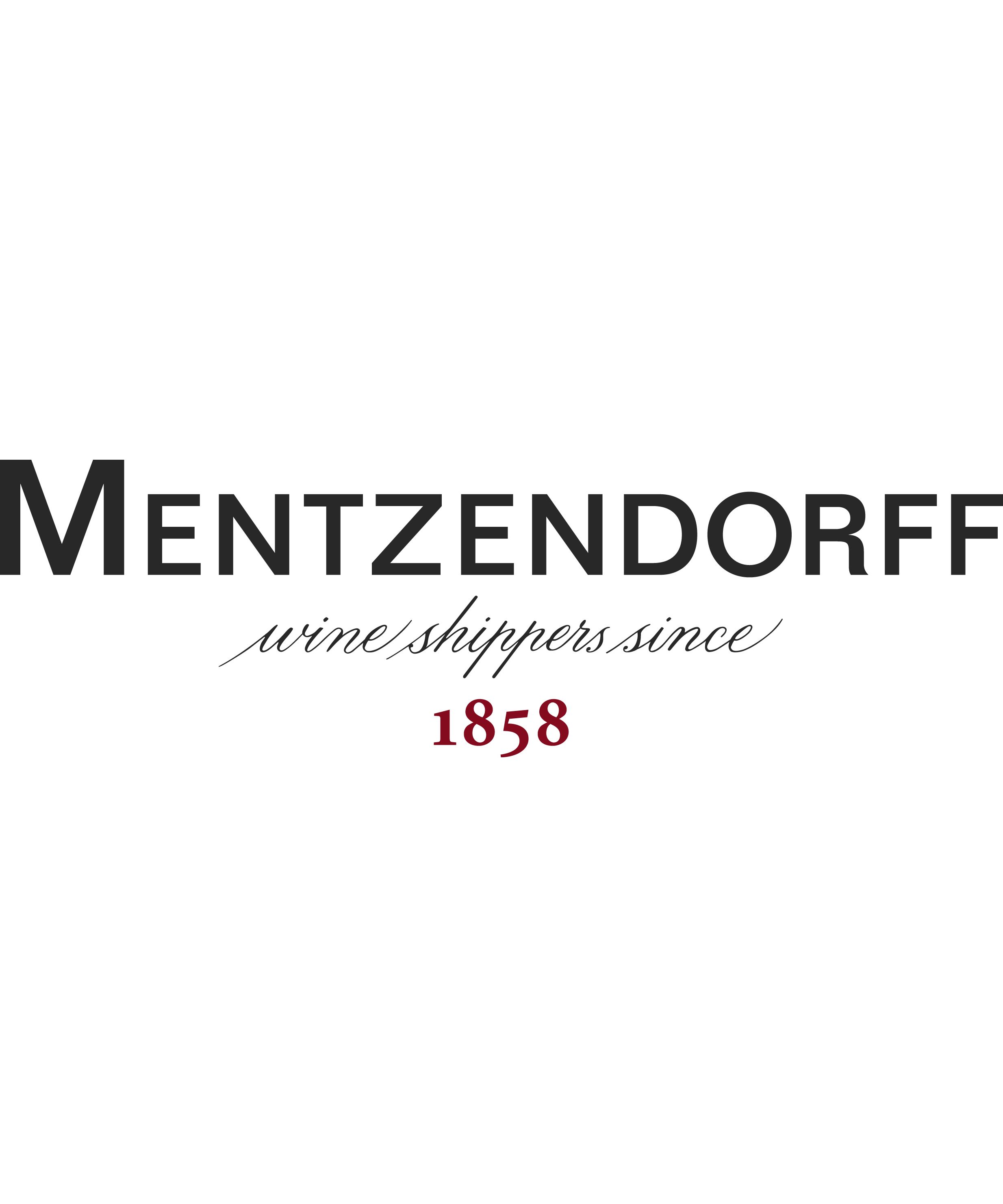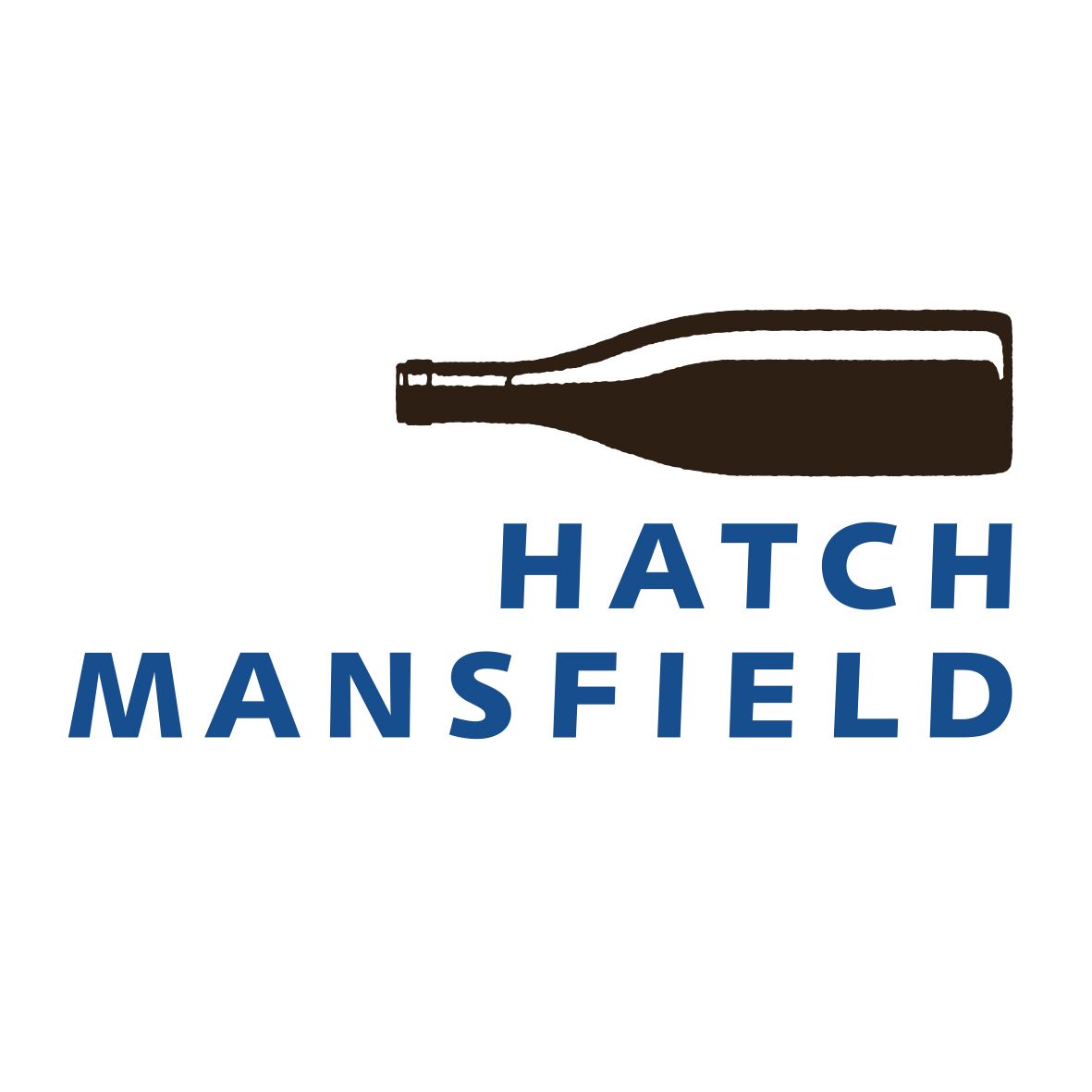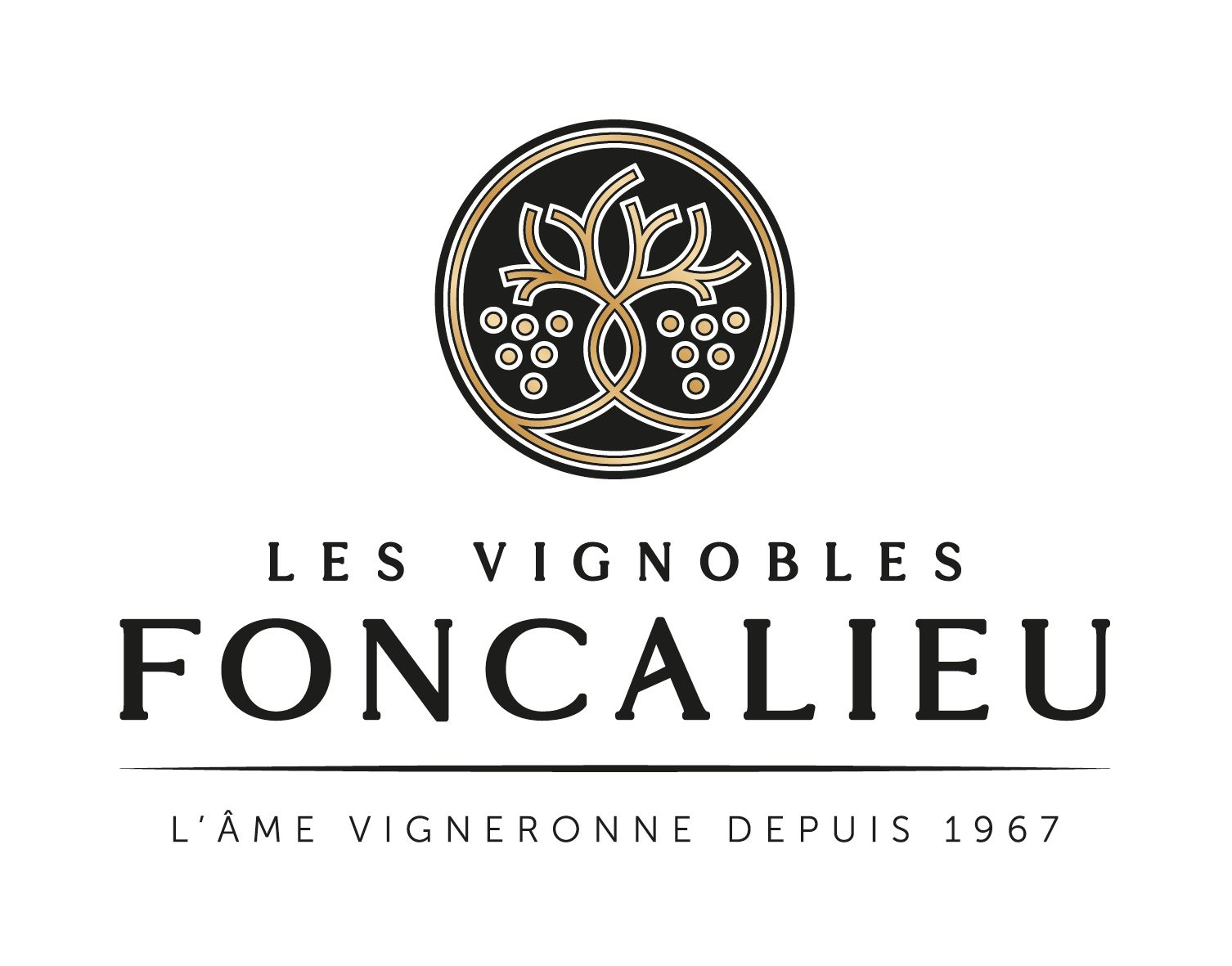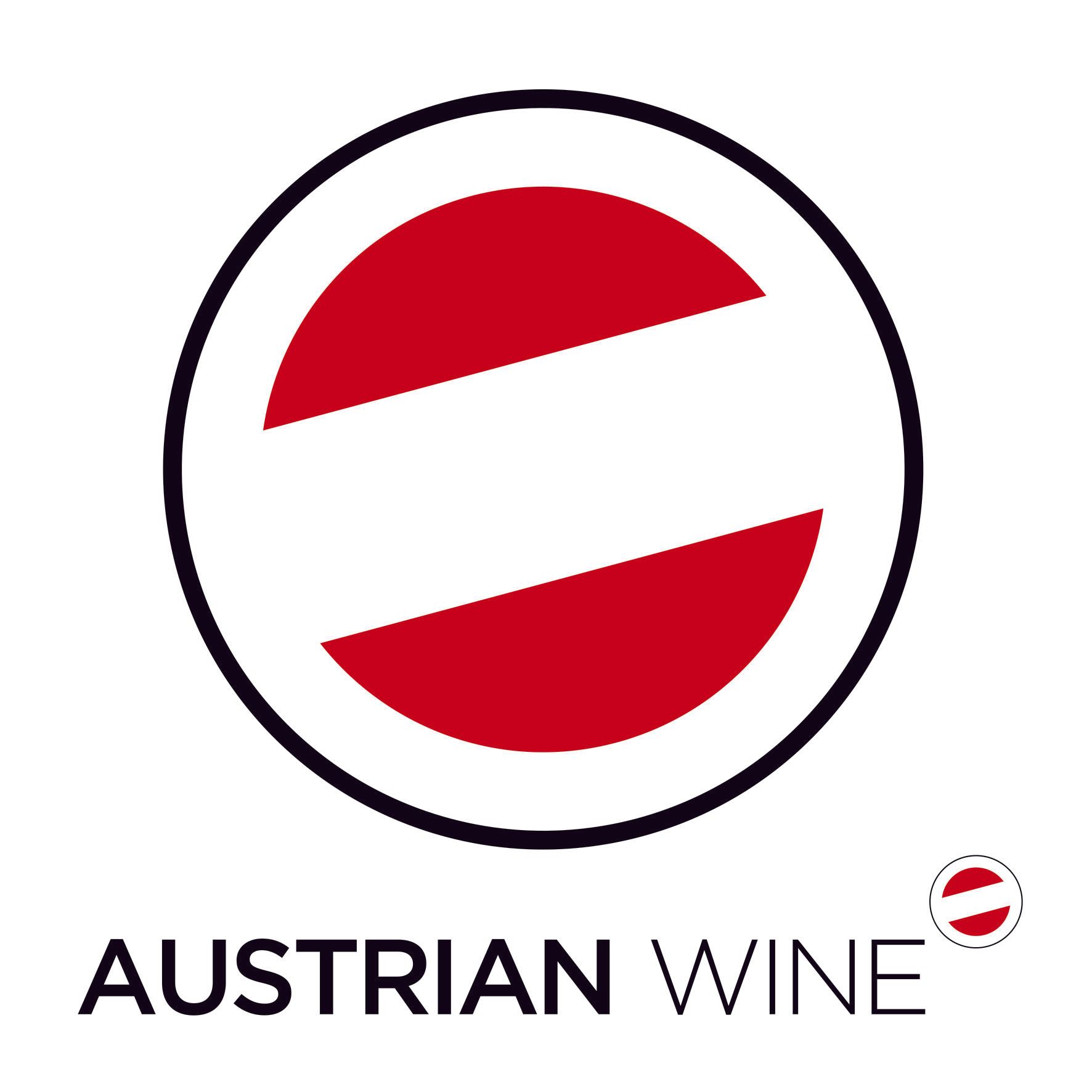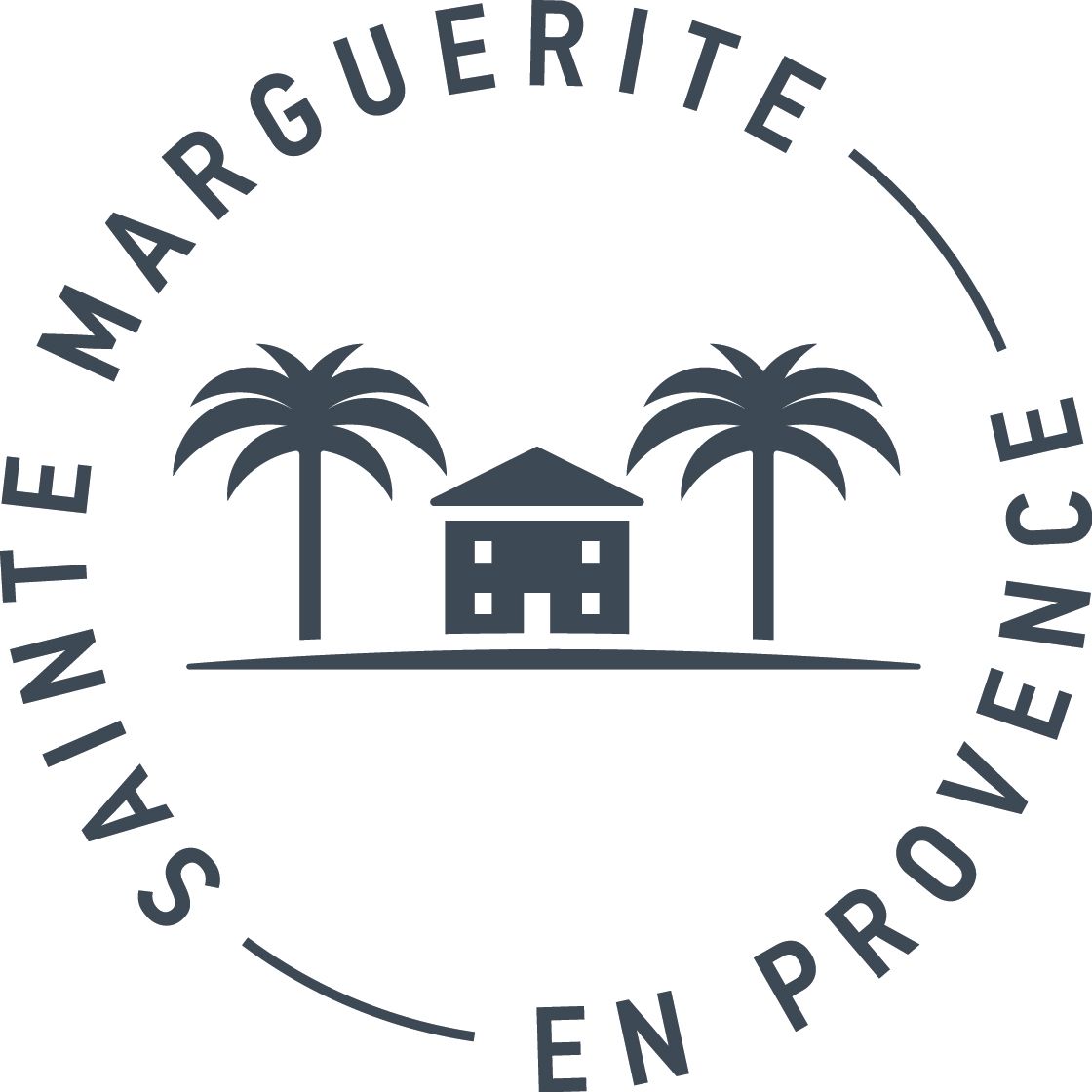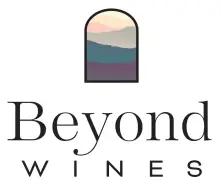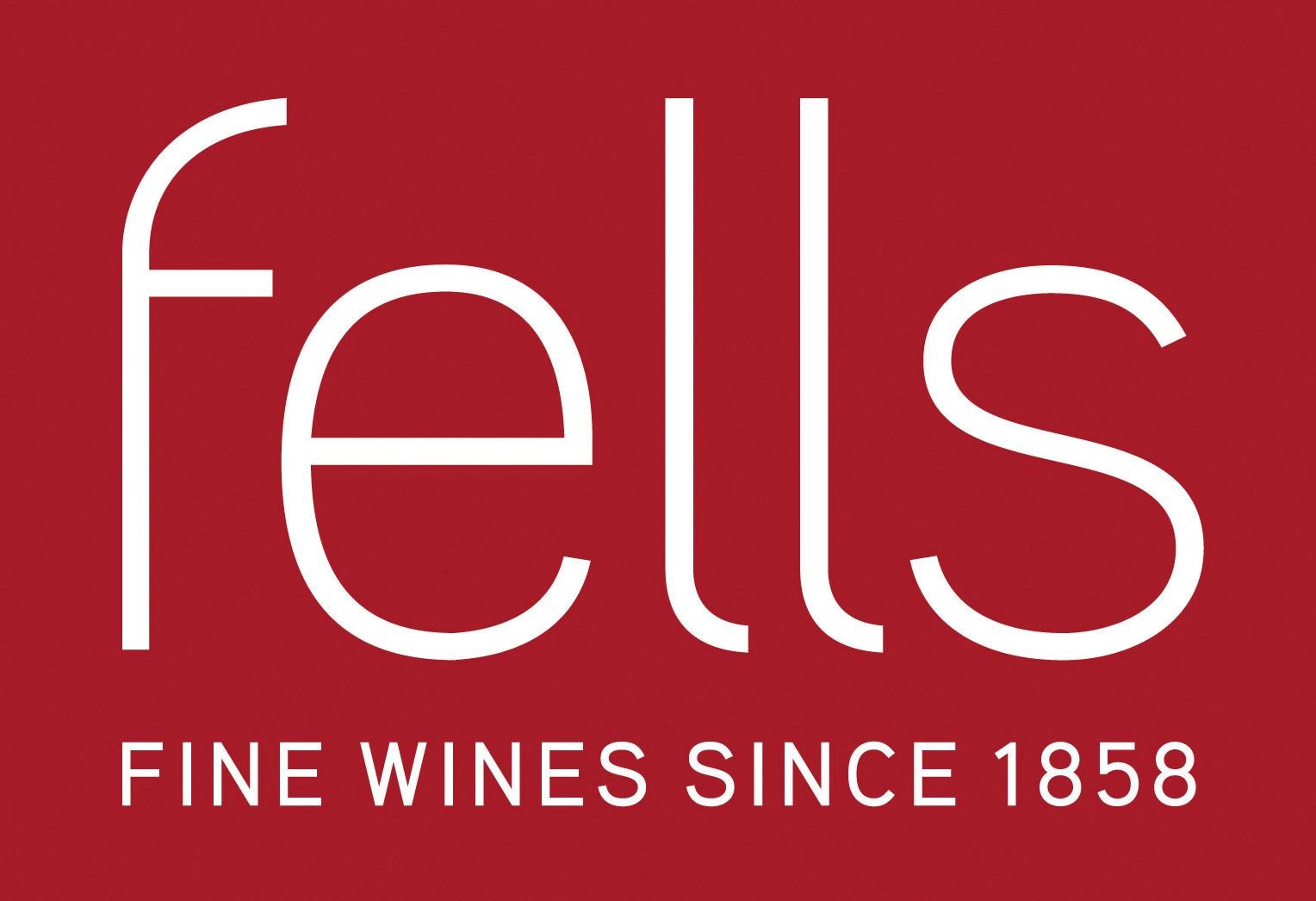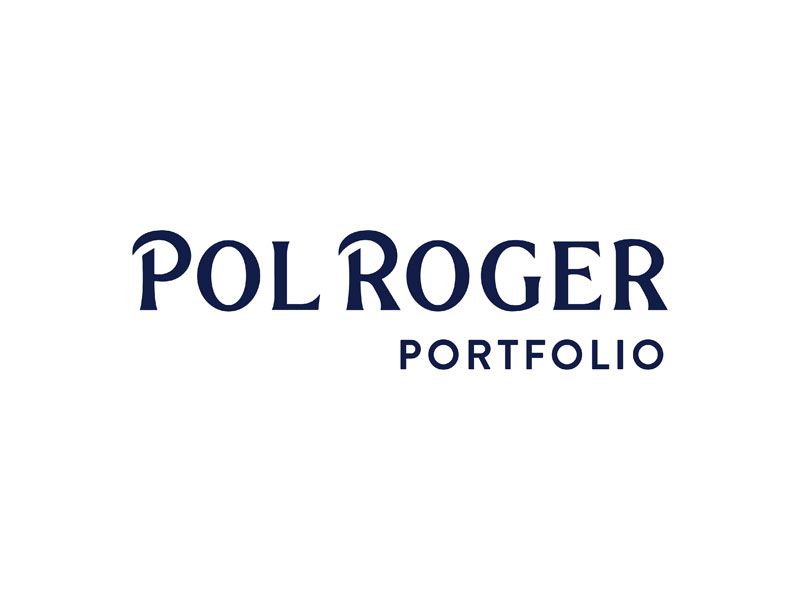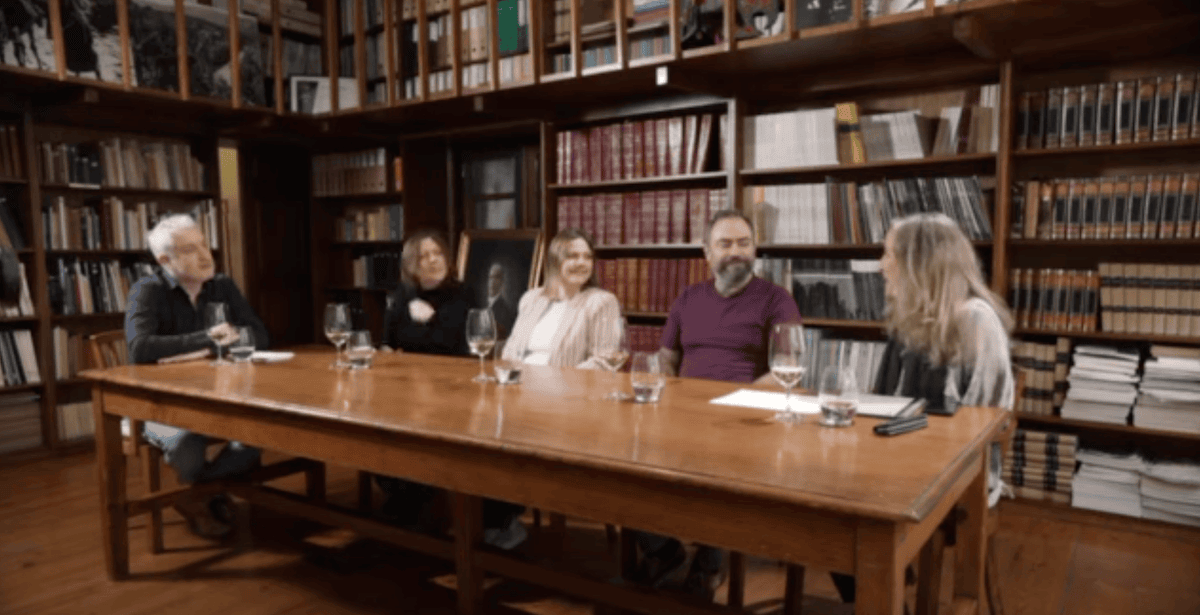When the Roda and La Horra team asked their Japanese importer what they thought of the name Corimbo for a new wine from Ribera del Douro, they loved it at once. In Japanese, the importer told them, the sound “co” recalls the kanji for “aroma”, “rim” means “finest”, and “bo” means “monastery”.
“A monastery of the finest aromas, that’s exactly what we’ve managed to build here!” sales manager Vicky Bocanegra exclaimed as she told us this story in the barrel room of the magnificent new winery at Bodegas La Horra.

The stunning new winery designed by Catalan architect Carme Pinós, known for architecture that favours the environment and place
‘A monastery of the finest aromas’
As we stood in the cool, quiet space, illuminated by narrow shafts of sunlight streaming from the occasional lucernario, or skylight, this comparison to a monastery felt entirely appropriate. The building was designed by the award-winning Catalan architect Carme Pinós, known for architecture that favours the environment, place, and memory over form.
“My aim was for the architecture to be part of its surroundings without imposing itself, almost in symbiosis with the land. I took inspiration from the history of winery building in this region and, through that, created a project that is coherent with the area’s identity,” Pinós said of her design.
During our visit, we saw countless examples of how Pinós has woven local heritage and sustainability into the fabric of the new winery. For example, bunker-like zarceras provide passive ventilation while recalling traditional chimneys once used to prevent CO2 build-up during fermentation.
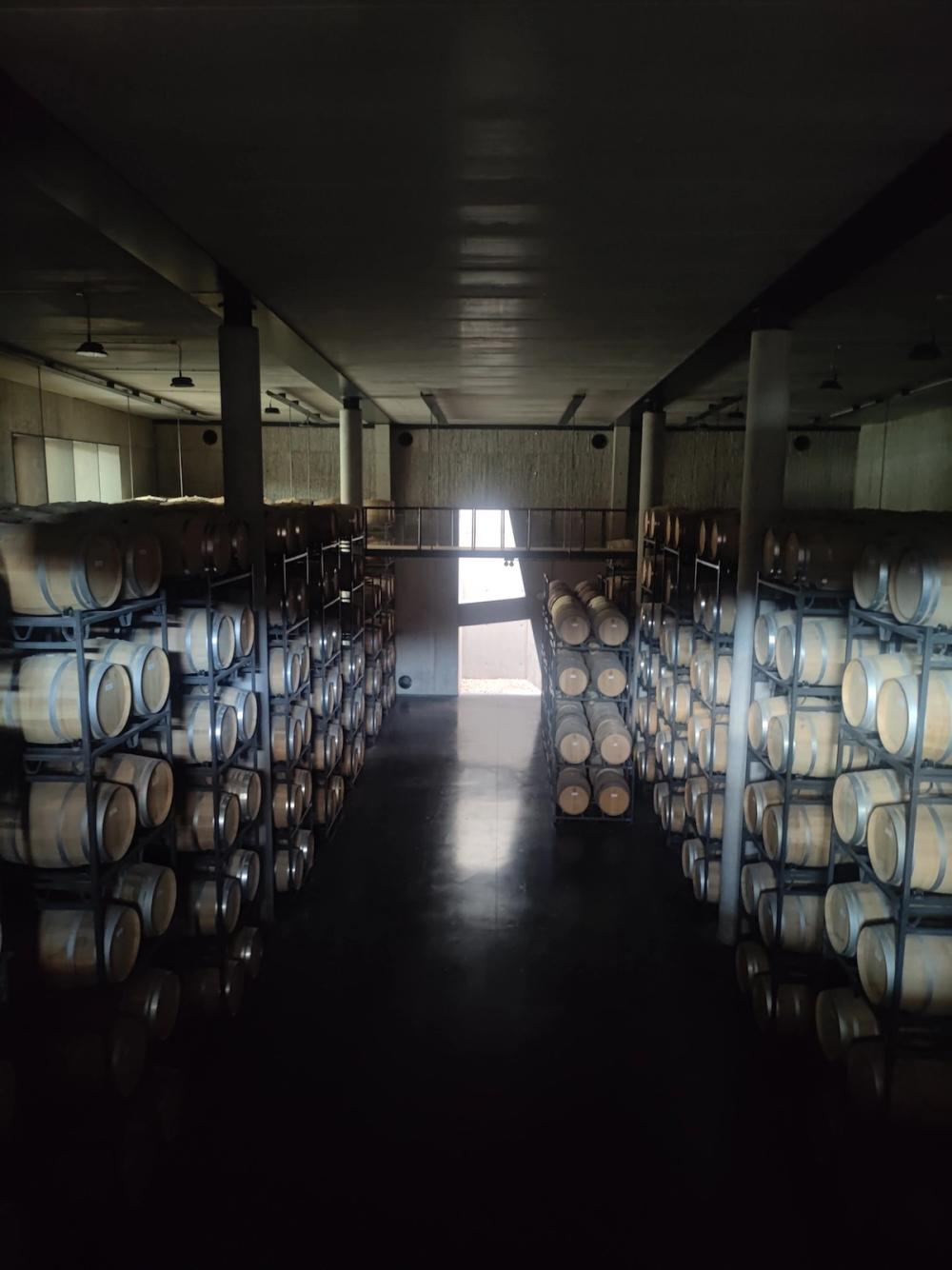
Only French oak is used
Similarly, by integrating the winery into the local landscape – it is dug into the hillside and almost invisible from the road – the cold subsoil works with a ground source cooling system to maintain a low average temperature throughout the year. It was blazing hot on the day of our visit, and entering the winery had felt like stepping into a cathedral – or indeed a monastery; there was an instant sense of coolness and calm.
According to Bocanegra, this striking building “might be one of the most energy-efficient wineries in Spain.” Outside, it is barely visible, surrounded by fragrant pine trees and wild herbs; underground, a new suite of stainless-steel vats and thousands of oak barrels house the aromas of past and future vintages.
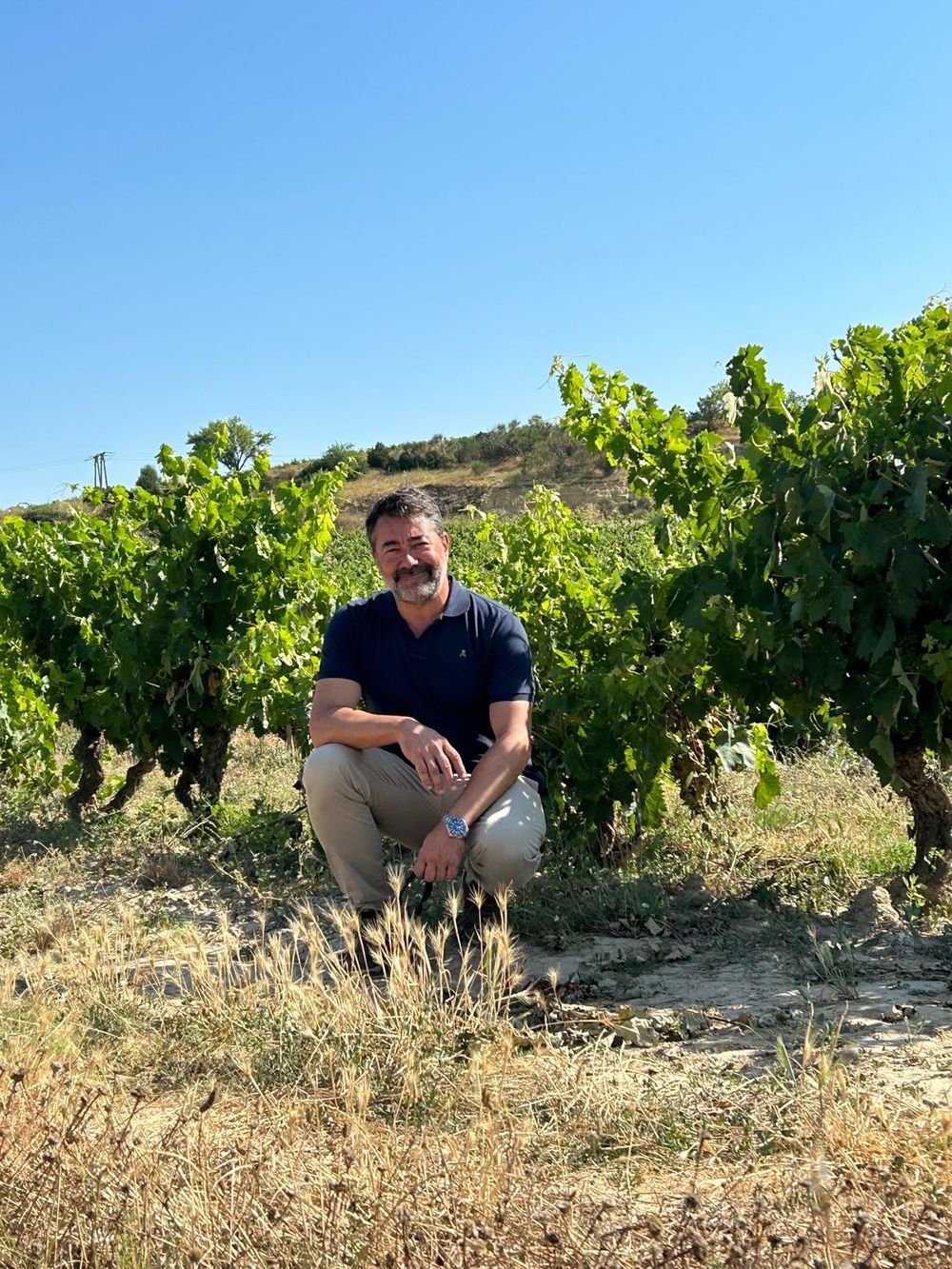
“We have more viticultural engineers than winemakers,” Charcán added, “here it’s all about the raw material, not chemistry.”
Vineyards, vintage, and sustainability
As impressive as this new winery is, everyone at Bodegas Roda and La Horra was at pains to emphasise that ‘it’s just a building.’ According to Bocanegra, “the two most important words at Roda are ‘vineyards’ and ‘vintage’, closely followed by ‘sustainability.’ Roda is known for carving its own path: while the Rioja appellation has always focused on ageing and oak, Roda has sought to capture the mutable aromas, flavours, and textures of the different growing seasons and landscapes of Rioja and Ribera del Duero.
“This is why we always use French oak at Roda,” explained sales director Víctor Charcán. “We work with a great variety of coopers – we even ask them to use staves from different forests. We would hate our style to be linked to a single cooper.”
“We have more viticultural engineers than winemakers,” he added, “here it’s all about the raw material, not chemistry.”
Ensuring the quality and consistency of these raw materials has made organics and viticultural innovations a central part of this philosophy.
“If we want future generations to be able to enjoy a nice bottle of wine, we have to preserve clones and climate,” Bocanegra told us as we tasted the Corimbo 2021 – the year of storm Filomena, when people skied through the streets of Madrid, and a summer marked by successive heatwaves. It’s a beautifully balanced wine despite these extreme conditions: there’s black cherry, dark chocolate, rowan bark spiced by autumn rain.
“We’ve gained half a percentage point of alcohol per decade in Rioja since we started,” said Charcán as we discussed Roda’s numerous sustainability projects. As a certified Sustainable Winery for Climate Protection, Roda is committed to continuous improvement in terms of environmental and social responsibility: it has always dry-farmed; all vineyards are farmed organically; they do not use herbicides; and they use cover crops and natural composts to enrich the soil. Roda also cultivates hedgerows and natural habitats for wildflowers, bees, insects, and birds – all of which were present in abundance during our visit.
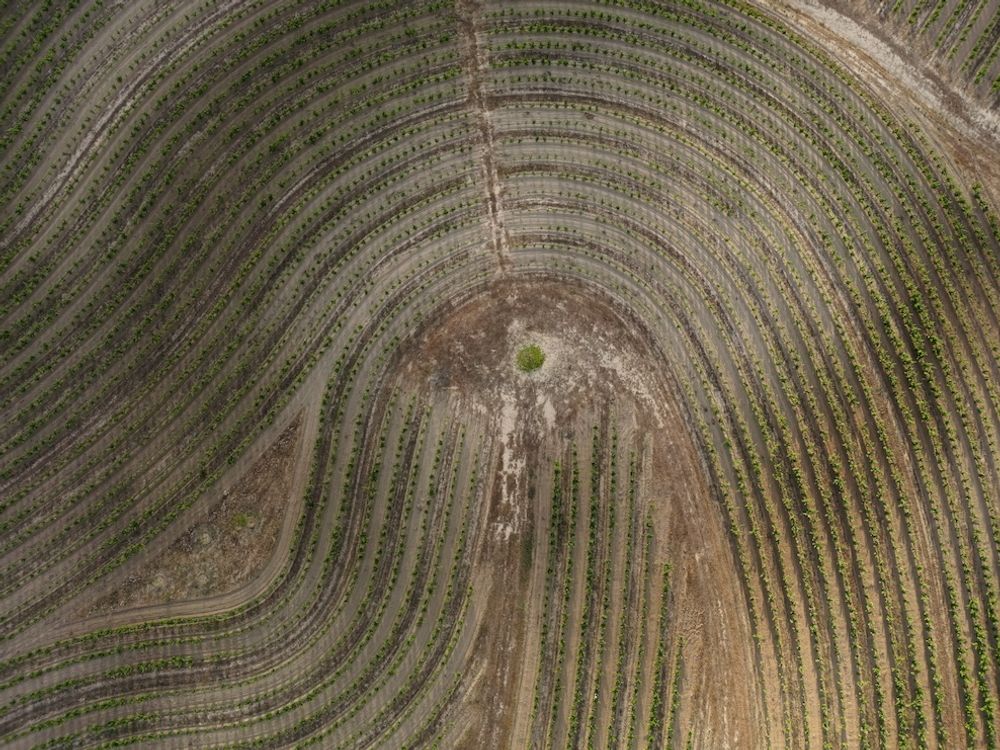
The pioneering keyline system, with vines planted on the contours of the hills, preserves soil health
“This soil here,” Charcán said as we walked through Roda’s Perdigón vineyard, “came top for biodiversity in Spain, [Demeter ranked it] in the top 10.” On other parts of the estate, a pioneering keyline system preserves soil health: designed to reduce erosion and preserve water, vines are planted following the contours of the landscape in flowing lines that unspool, river-like, across the hillside. The system reduces water runoff, allowing rain to be absorbed evenly rather than letting it stream down into the valley, topsoil and all.
“It takes a very long time to get healthy soil. If the rain washes it away, you’re losing hundreds, thousands of years,” explained Charcán.
This keyline system is planted with 20-25 different Tempranillo clones cultivated in Roda’s own clone and seed bank, in development since the ‘80s and which now contains 552 different clones. A similar project has since been launched for Tinto del País and Viura, an impressive collection that, available to wineries across the region, preserves local winemaking heritage and genetic diversity so Roda can select the appropriate clone for each of its terroirs and microclimates.
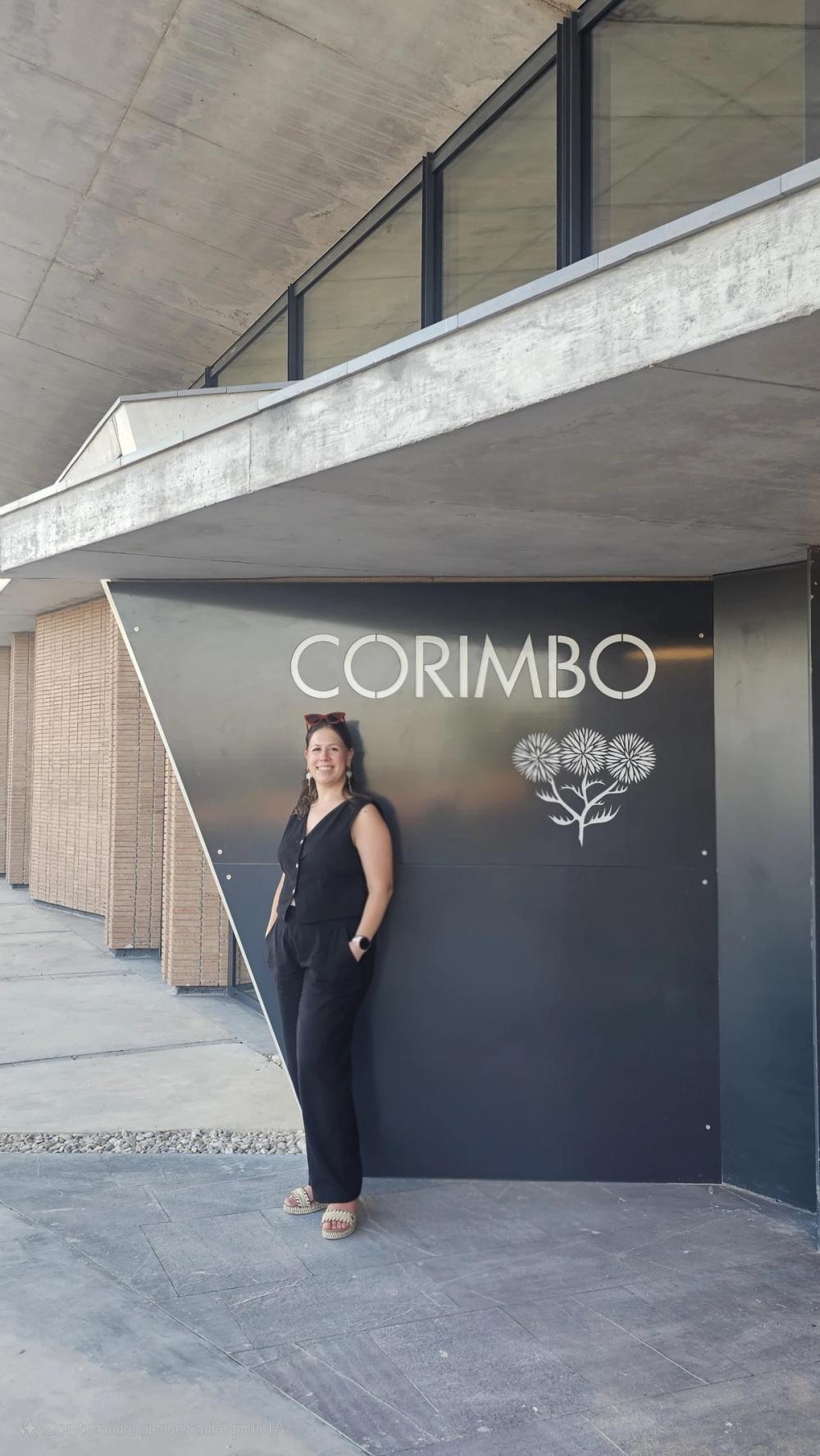
"Always looking for quality." Sales manager Vicky Bocanegra at the new winery
“We’re always looking for quality,” Bocanegra explained, adding that if other wineries are looking for higher yields, “we can provide them with the clone they need.” This diversity reduces the region’s vulnerability to climate change as it fosters naturally resilient vines and means they are no longer dependent on a limited number of clones that could fall prey to disease – as is the case for the world’s favourite banana, the Cavendish, which is currently at risk of extinction from Panama disease.
Roda is involved in numerous other collaborative sustainability and carbon reduction projects, including SHIP2FAIR, INNOVINE, CENIT DEMETER, and LOWpHWINE, all of which work to preserve both the environment and quality production so Roda and La Horra can continue to make distinctive wines that pay tribute to landscape and vintage.
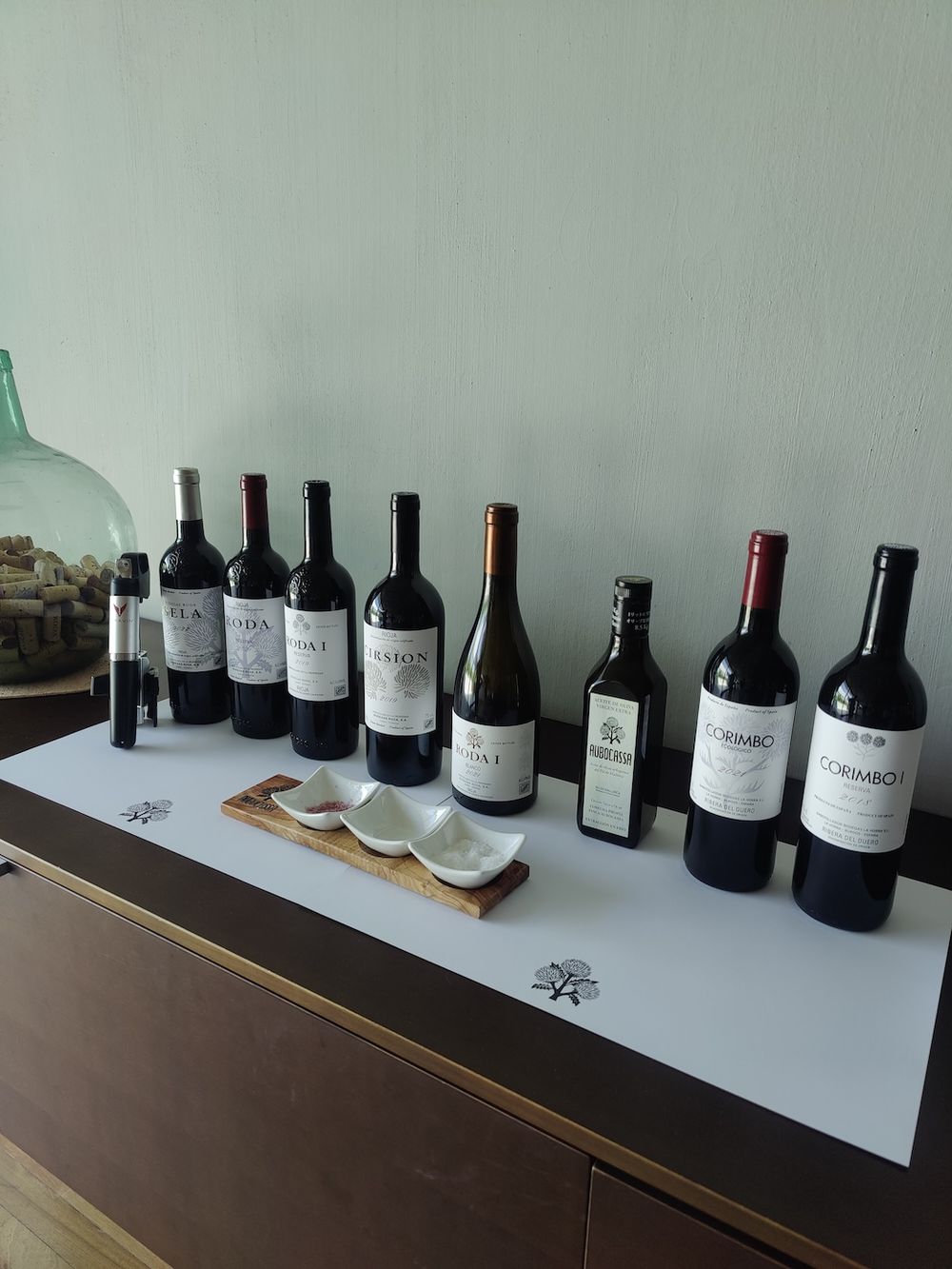
Oak influence is conspicuously absent throughout the range
Wines of landscape and vintage
We tasted the full range during our visit to Roda and La Horra. Oak influence was conspicuously muted across the board, setting the wineries apart from their peers and leaving vineyard work and vintage expression to take centre stage.
At La Horra we tried the 2022, 2021, 2019, 2018, and 2010 vintages of Corimbo – 100% organically farmed Tinto del País from 25–30-year-old dry farmed bush vines. The wine ferments in stainless steel before ageing in French oak – and a touch of American oak to soften the tougher tannins of Tinto del País – for 14 months, followed by two to three years in bottle before release. The ‘22, ‘19, and ‘10 were exuberant, velvety and juicy, each with their own distinct style while still expressing the hallmarks of warmer, drier years. The cooler and wetter ‘21 and ‘18, on the other hand, were fresher, savoury, spicy, and fragrant.
At Roda, highlights included the Roda I Blanco and Cirsion – the estate’s top wine made from carefully selected berries that exhibit silky tannins straight from the vineyard. In a significant departure from Rioja tradition, Cirsion is aged even less than a Crianza, proving that age (and oak) is not the only pathway to quality. We tried the 2019, which was perfumed and spicy, a seamless blend of low and high tones. There were notes of fig, black olives, violets, and blueberries, all heightened by bright flashes of cassis and sweet scrub herbs in a glorious expression of this warm vintage tempered by summer rain.
The Roda I Blanco, also from the 2019 vintage, is a blend of Viura with a touch of Garnacha Blanca and Malvasía macerated in French oak vats and fermented in French bocoys. It’s golden yellow with luxurious scents of dried apricots, marzipan, hazelnuts, and crème caramel. On the palate, it’s all sunshine, with flavours of poached pear, praline, vanilla cream, turrón de Alicante, and golden syrup, with a decadent honeyed texture offset by a thread of pure, mineral acidity.
These are fragrant, balanced wines that, like the new winery at La Horra, are a successful tribute to the ‘finest aromas’ of terroir and year.
The wines of Roda and La Horra are imported and sold in the UK by Mentzendorff which is a commercial partner of The Buyer. To discover more about them click here.
